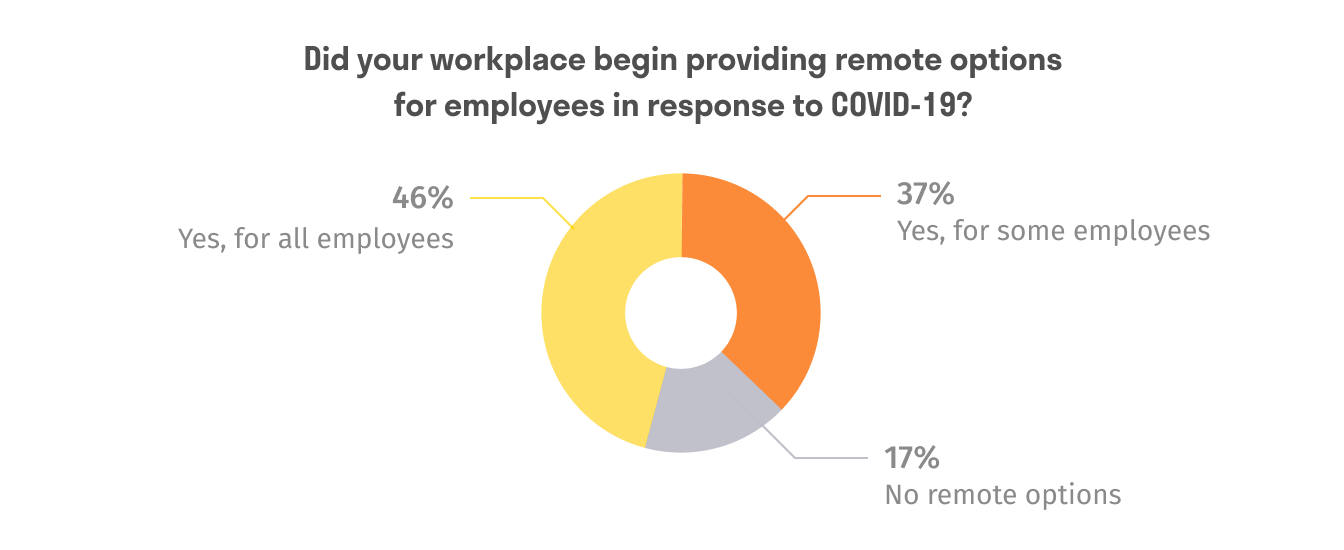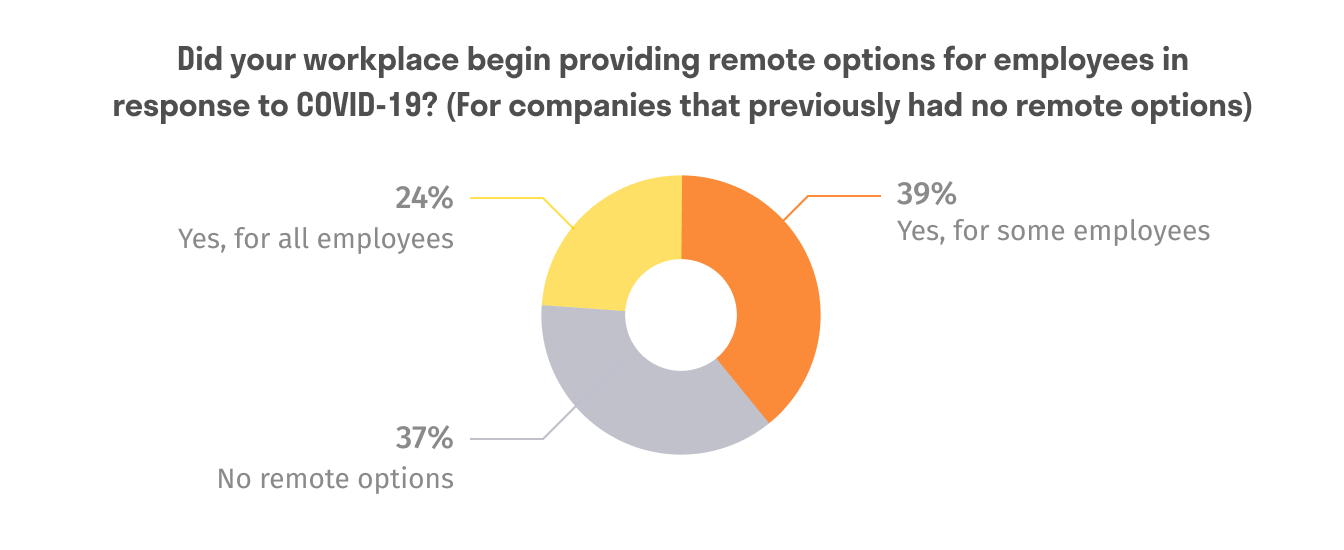
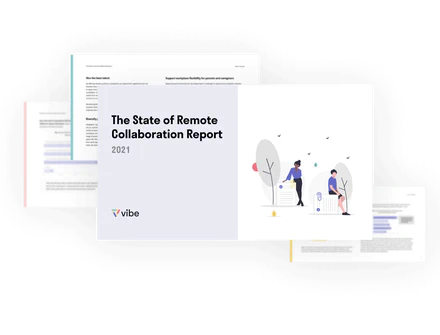



The State of Remote Collaboration 2021



Introduction
Work is no longer synonymous with the office. Over time, and especially in the last two years, we have discovered that we don’t need many of the trappings associated with traditional workspaces, but one thing remains the same: we still need a way to collaborate with our colleagues.
With more than 1,000 global customers who use Vibe smart whiteboard to collaborate on projects, Vibe is particularly invested in determining how organizations successfully manage remote collaboration.
For this Remote Collaboration Review, 1,199 respondents from across the United States provided insight into their experiences with remote work. We aimed to understand the benefits and drawbacks of working remotely, and to learn what employees need to be successful in a remote work environment.
Highlights
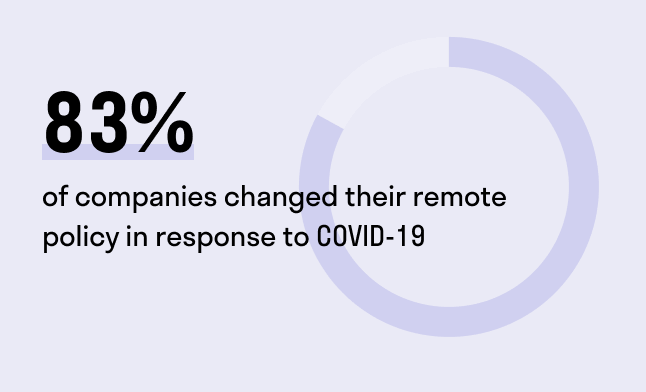
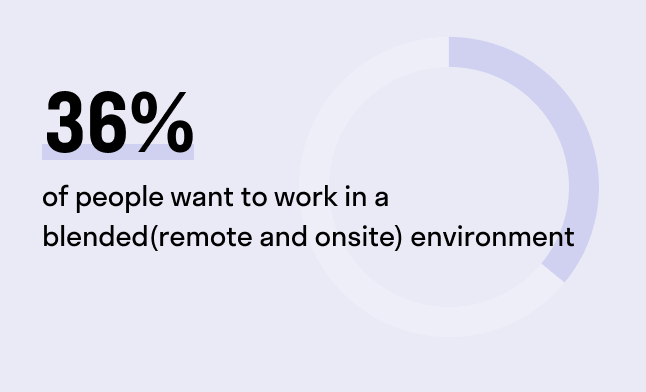
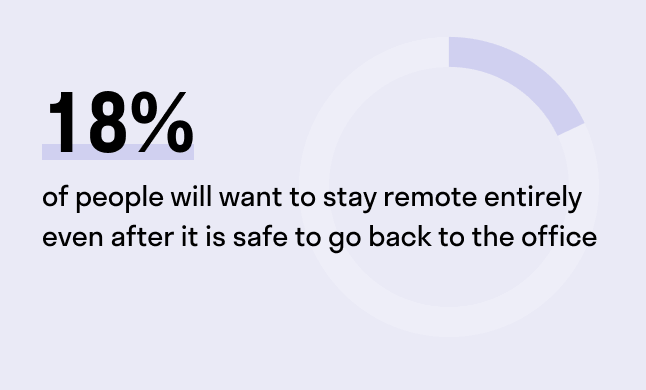
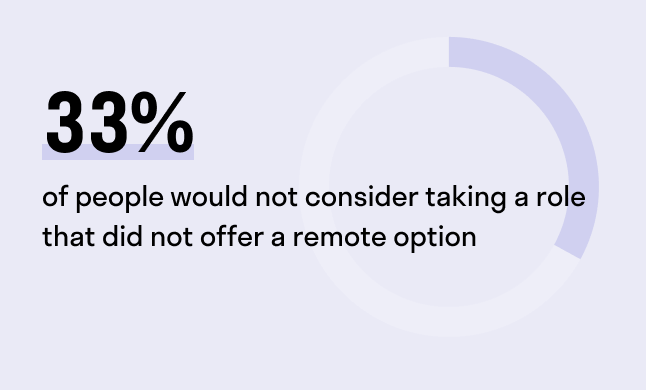
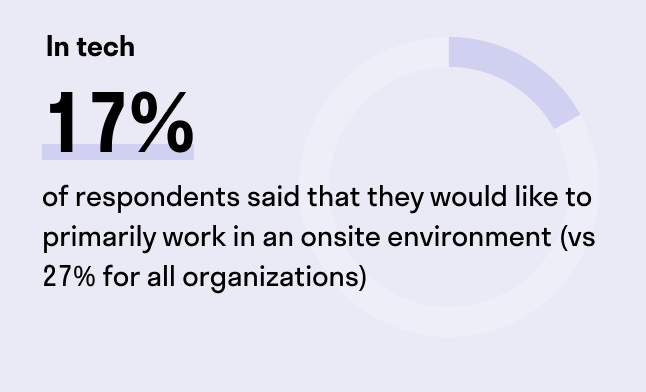
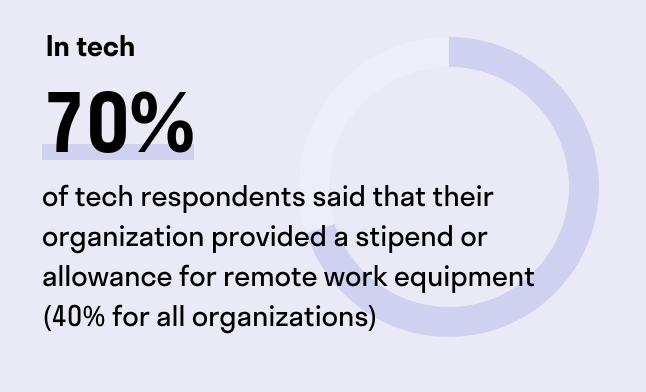
What is remote collaboration?
Remote collaboration extends an office’s collaborative capabilities and translates them to a digital workspace. The goal is to enable communication and teamwork while allowing team members to work from various internet-connected locations.
Virtual collaboration enables teammates to work together in real time regardless of location; they don’t need to be in the same office or even the same time zone. A virtual collaborative workspace is simply a collaborative workspace moved to the digital world, allowing workers to perform all the communal aspects of their work remotely.
Shift to remote collaboration in the last 10 years
Organizations have increasingly been making the switch to remote work after finding numerous benefits for employees and employers alike. Once technology evolved enough to allow for faster internet, remote data security, improved shared drives, and other collaboration tools, forward-thinking companies jumped on opportunities to provide remote collaboration as an option for employees.
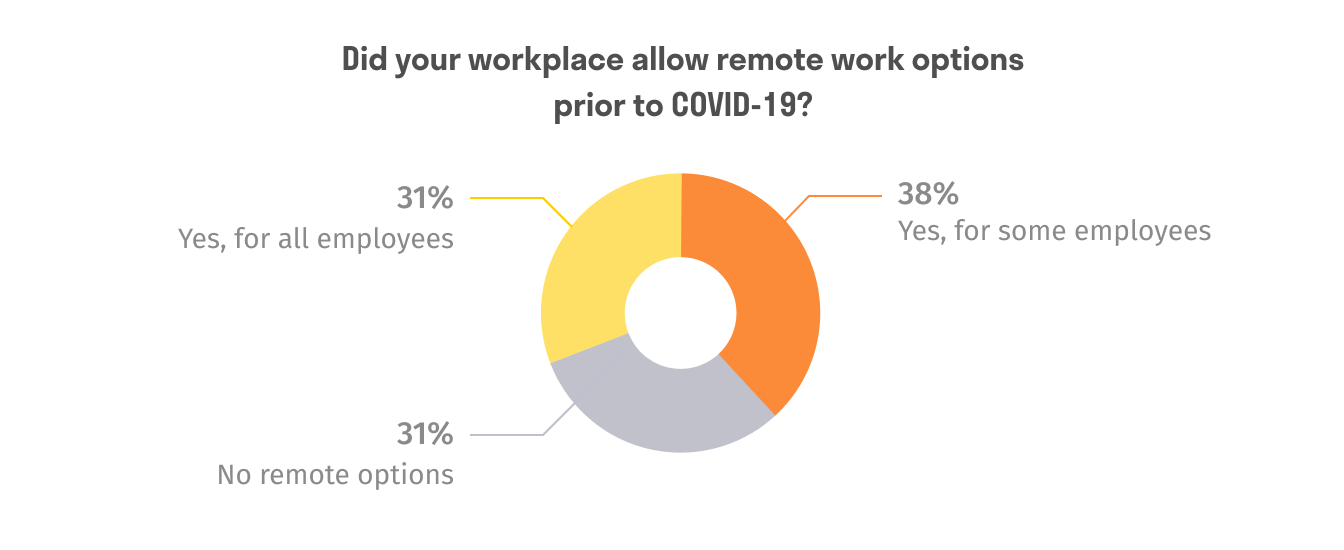
COVID-19 has changed how employers and employees think about remote work
Remote work options changed dramatically in 2020, with the COVID-19 pandemic forcing many workplaces into a totally remote environment. Organizations had to rapidly build remote-work infrastructure to avoid a loss in productivity and earnings.
